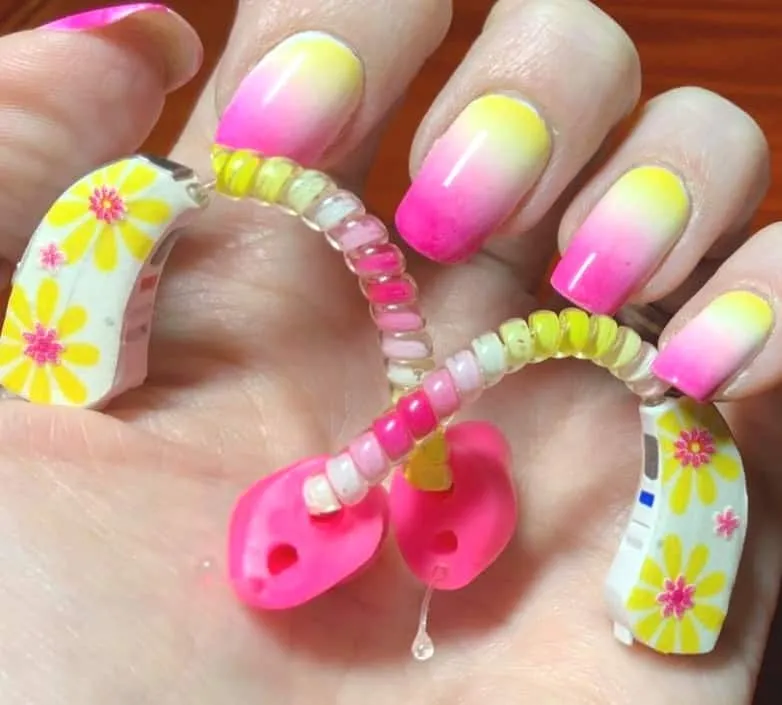Why Are Hearing Aids So Expensive? A 2025 Look at Hearing Aid Prices and Trends
By
Dr. Jonathan Javid, Au.D.
Thanks to the rise of FDA-approved OTC hearing aids and an increasingly competitive marketplace, many experts predict downward pressure on prices. If you’re wondering why hearing aids are so expensive—and whether that may change—this article will break down the true cost, comparison to other healthcare expenses, and the emerging trends that may shape the future of affordability.
How Much Do Hearing Aids Really Cost?
When you factor in the device, fitting, follow-up visits, batteries or chargers, and occasional repairs, the lifetime cost of hearing aids is substantial. Let’s break it down for a high-end pair expected to last five years:
| Item | Estimated Cost |
|---|---|
| Hearing aids + initial fitting | $6,000 |
| Rechargeable batteries (or zinc-air) | $300 |
| Repairs (out-of-warranty) | $400 |
| Domes, wax traps, accessories | $200 |
| Total (5 years) | $6,900 |
This breaks down to roughly $3.78 per day. But is that cost out of proportion with other medical expenses or everyday consumer electronics?
Comparing Hearing Aids to Medical Costs
- Diabetes treatment: ~$15/day (Reuters)
- High blood pressure meds: ~$3.28/day
- Antidepressants: ~$8/day
- Premium contact lenses: ~$1.97/day
By comparison, the daily cost of premium hearing aids is actually in line—or even less—than many chronic health treatments. Additionally, daily hearing aid use has been shown to improve communication, reduce cognitive strain, and increase social confidence, especially in adults over 50.
Despite the relatively fair cost per day, the main challenge is that most insurance plans, including Medicare, do not cover hearing aids. This results in significant out-of-pocket expenses for millions of Americans.
Consumer Perception: Hearing Aids vs. iPhones
Many patients compare the price of hearing aids to high-end consumer electronics, especially smartphones. A brand-new iPhone can cost $1,200, and consumers often perceive it as more advanced than a hearing aid.
However, the comparison isn’t entirely fair. Hearing aids are engineered to operate on extremely low power (1.4 volts), must function in humid, waxy environments, and are compact enough to fit behind the ear or inside the canal. They also involve highly sophisticated sound processing algorithms, many of which are customized for individual hearing loss patterns, such as those in Phonak models.
Additionally, Apple ships over 1 billion iPhones globally—enabling mass production and economies of scale—while hearing aid models may only reach 1 million units. This discrepancy significantly affects the R&D cost per unit.
Why Are Hearing Aids So Expensive?

One key factor driving the price of hearing aids is the volume of orders. Hearing aid manufacturers like Starkey offer volume discounts to audiology practices. A small clinic ordering 5 hearing aids may pay $2,100 per unit, whereas a larger organization ordering 25 might pay just $1,450 per unit.
Other cost drivers include:
- Speech-in-noise processing and AI enhancements
- Miniaturization and moisture-proof design
- Custom earmold fittings and ongoing adjustments
- Warranties and multi-year service
- Intensive research & development
Retailers like Costco can sell hearing aids at lower prices because of bulk purchasing and streamlined fittings. Still, local audiologists offer personalized care, which is invaluable for many wearers.
The Rise of OTC Hearing Aids
OTC hearing aids became a legal category in the U.S. in late 2022, and they’re rapidly growing in popularity. Unlike traditional models that require audiologist fittings, these self-fit devices allow users to test and adjust settings on their own.
Top-reviewed models on the market can cost as little as $1000, but lack features like Bluetooth streaming, multi-mic directionality, or in-person support. For some users, particularly those with limited hearing aid experience, these limitations may present challenges.
As the OTC market expands and competition intensifies, price reductions are likely to spill over into traditional hearing aid pricing.
Major brands like Sony, Bose, and Jabra now offer OTC models, while legacy companies like Oticon and Phonak continue to focus on premium, professionally fit devices.
FAQ
Will insurance ever start covering hearing aids?
Some private insurance providers now offer partial coverage. However, Medicare still does not cover hearing aids. Legislation has been introduced in Congress multiple times but has yet to pass both houses. Advocacy efforts continue.
What’s the difference between hearing aids and PSAPs?
PSAPs (Personal Sound Amplification Products) amplify environmental sound but are not FDA-regulated medical devices. They may help in specific situations but lack the customization, precision, and regulation of true hearing aids.
Final Thoughts
Hearing aids are not cheap—but they are a powerful investment in your quality of life. If cost is a concern, consider starting with an OTC model and then working with a licensed provider as your needs grow. With industry changes accelerating, access to hearing help is more affordable and flexible than ever before.
With new technology and shifting markets, many wonder if hearing aid prices will finally drop. For perspective on cost trends and buying at the right time, check out our Hearing Aids Buyer’s Guide.

